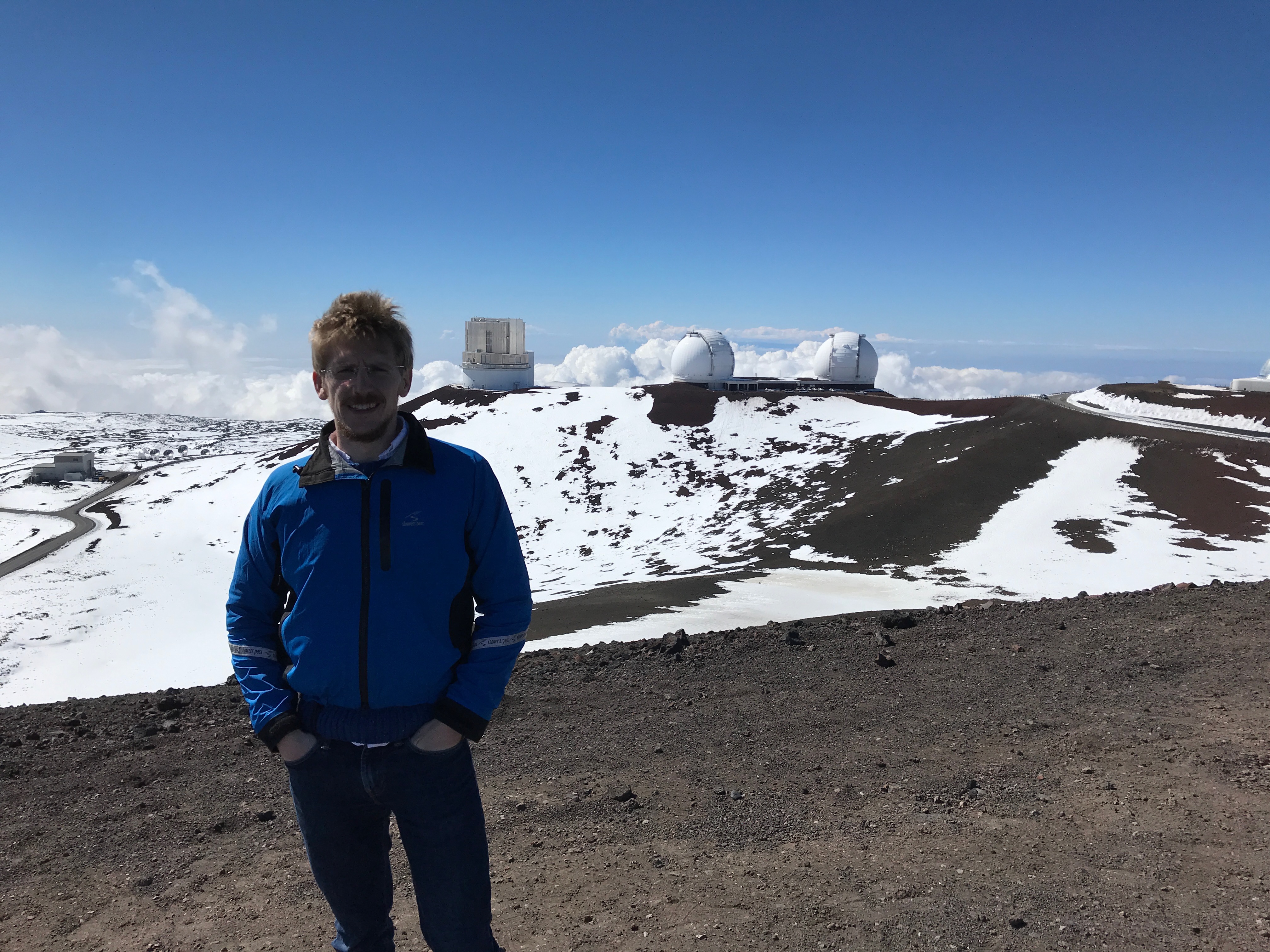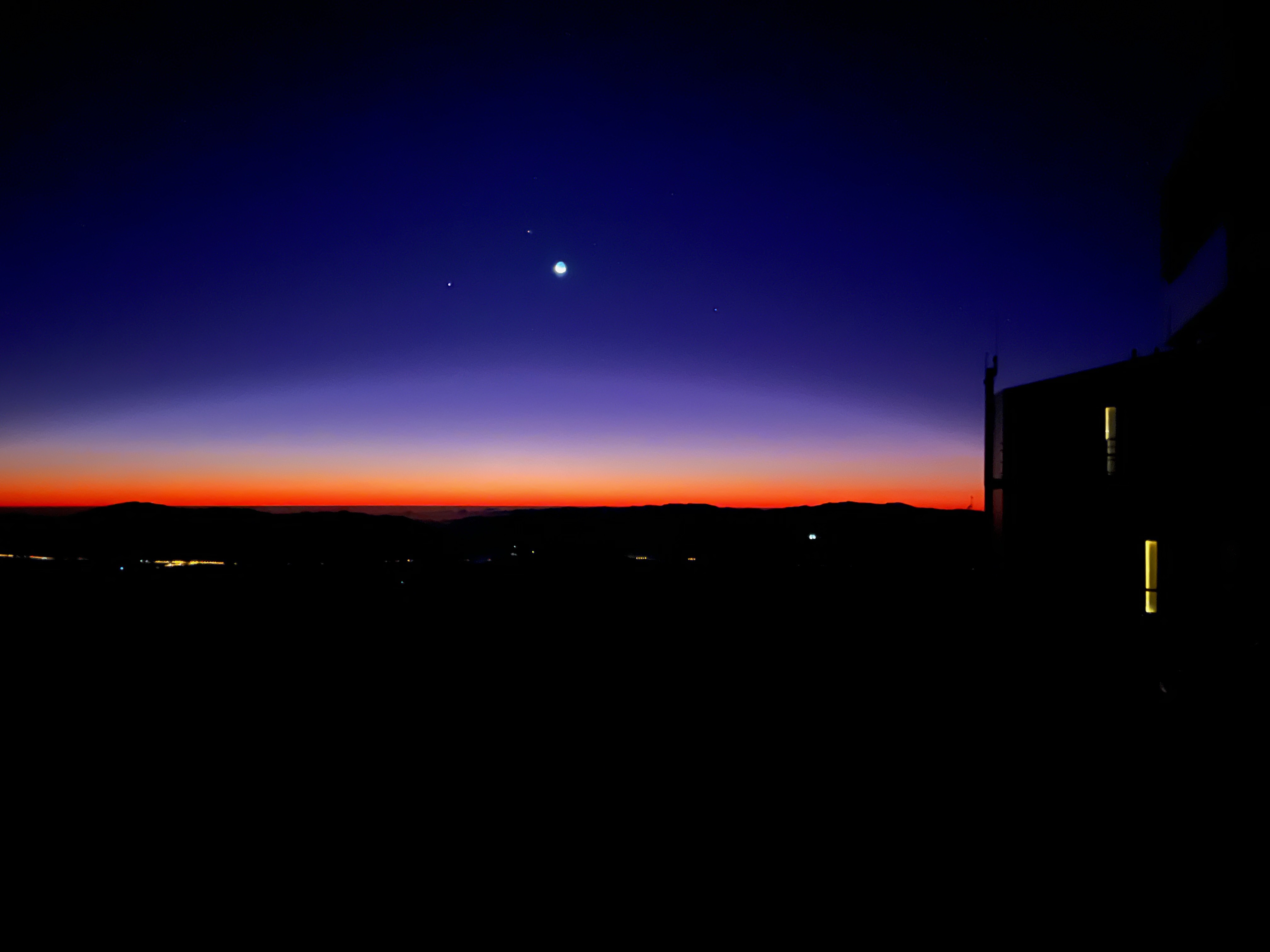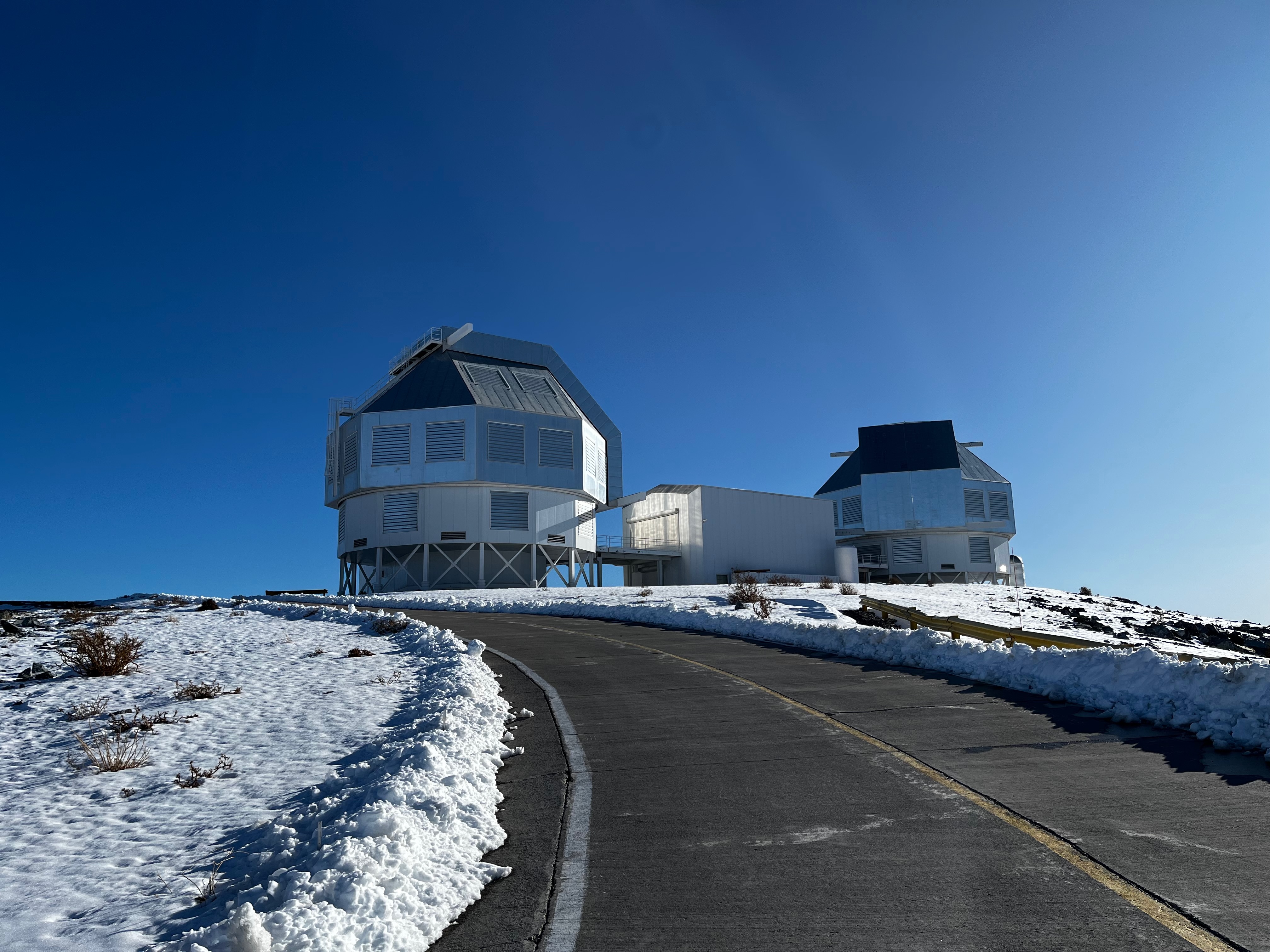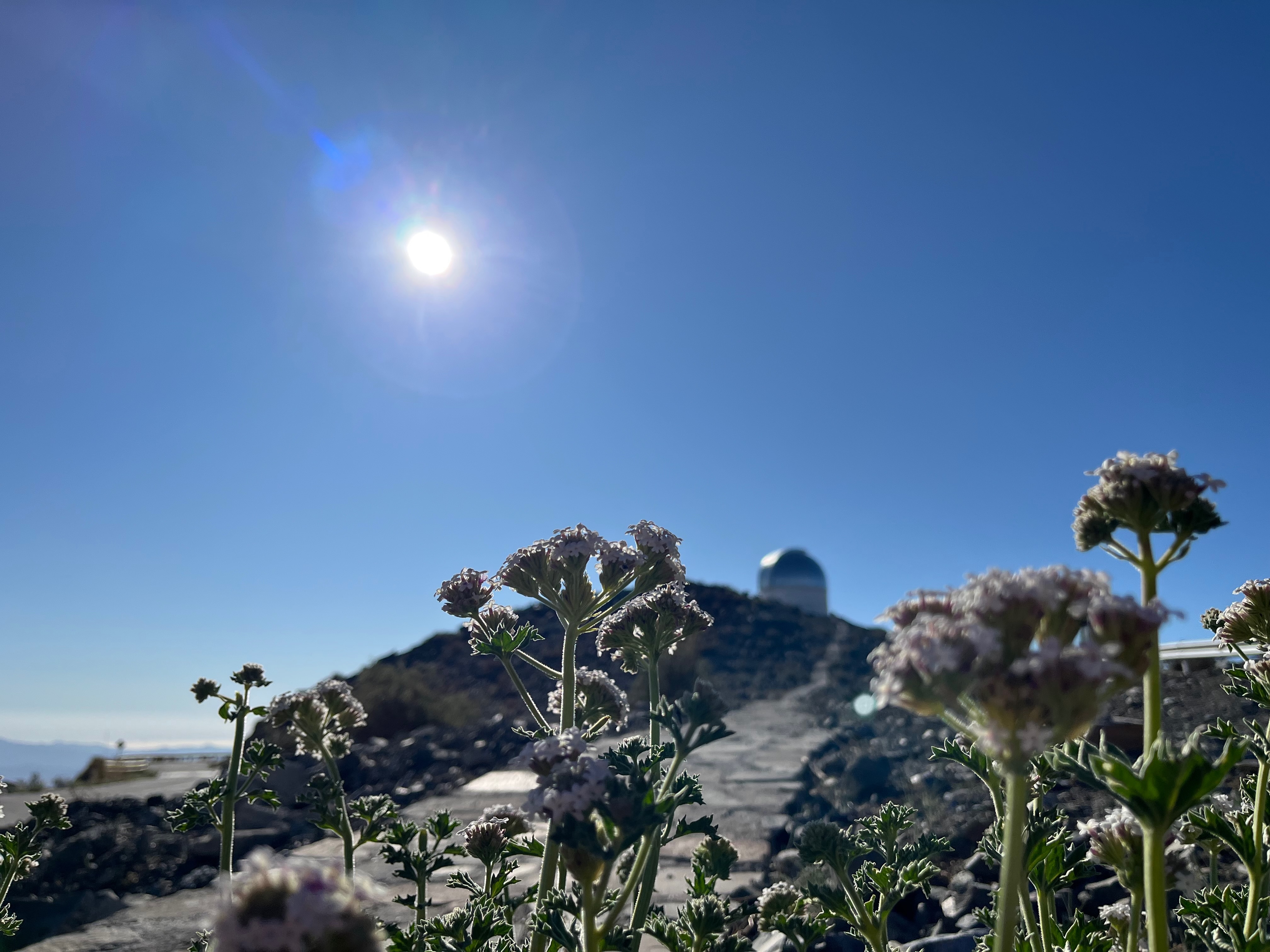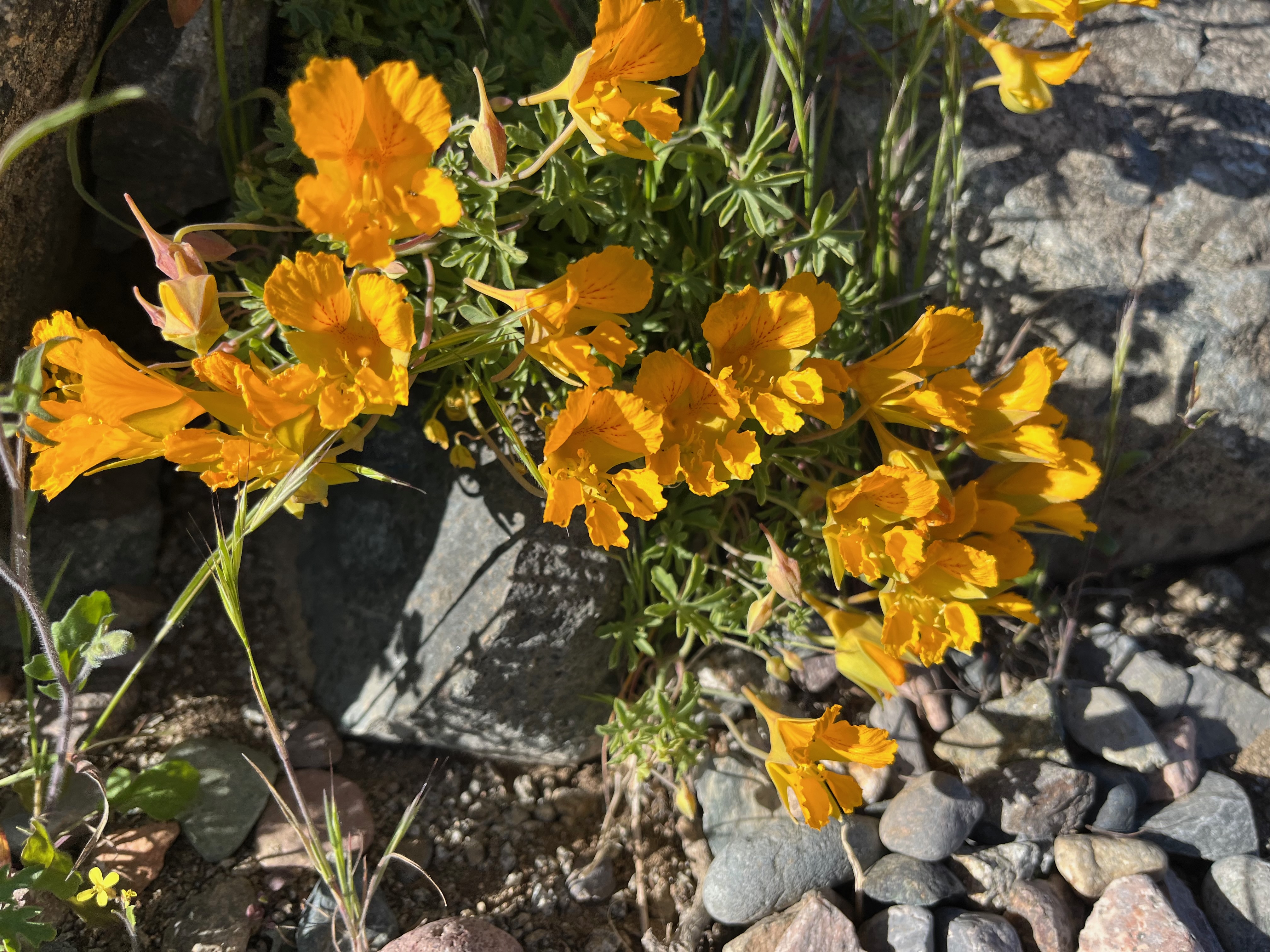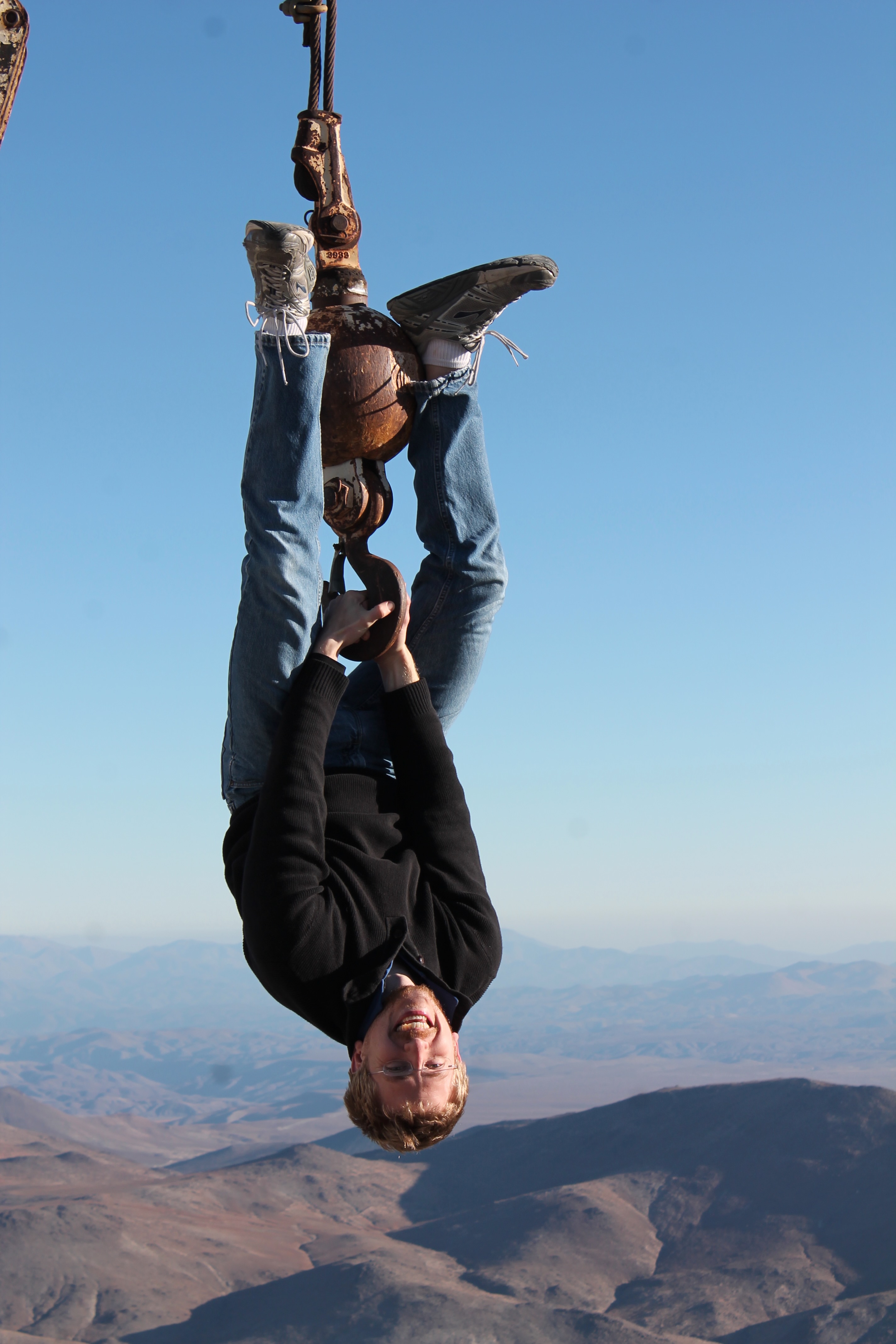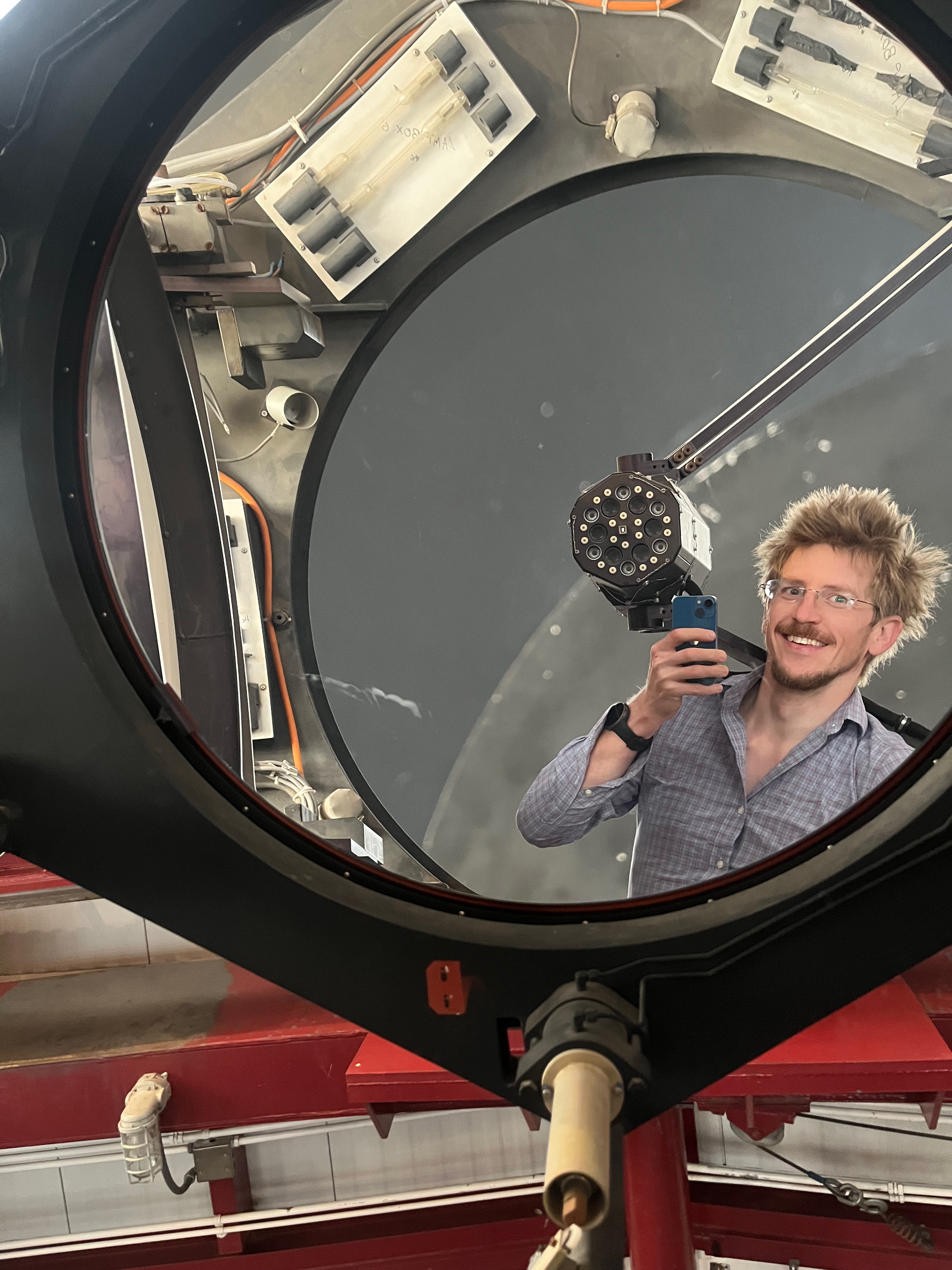
I design and build instruments that let us see what we couldn’t before. For more than two decades, I’ve worked at the intersection of science, engineering, and human collaboration — taking ideas from a whiteboard sketch to fully realized systems in some of the most challenging environments on Earth. From the spectrographs I’ve developed for the Magellan and Keck telescopes, to superconducting photon-counting cameras and autonomous observatories, my work blends precision engineering with the curiosity that drives discovery.
I’ve worked in observatories high in the Chilean desert, in the Netherlands on autonomous telescopes, and inside NASA’s giant cryogenic vacuum chamber during the run-up to the James Webb Space Telescope. I’ve navigated 17-hour days on mountaintops, tight deadlines in multidisciplinary teams, and the fine art of keeping complex systems alive in places where replacement parts are a continent away — if they exist at all. The technical challenges are real — but so are the human ones: earning trust, building consensus, and ensuring every member of a team can do their best work.
I believe the most successful technical projects happen when people feel ownership, clarity, and respect. I’ve mentored graduate students through thesis-defining projects, helped early-career engineers navigate complex decisions, and made space for moments of levity even in the most high-pressure environments. Good instruments are more than assemblies of optics and electronics — they are the product of many hands and minds, aligned toward a shared purpose.
That philosophy extends beyond work. Whether I’m cycling over alpine passes, tracing new coastlines, or building a kinetic art piece for someone I care about, I’m drawn to projects that connect detail to the bigger picture. It’s in those connections — between craft and curiosity, between systems and the people who use them — that I find the real reward.
